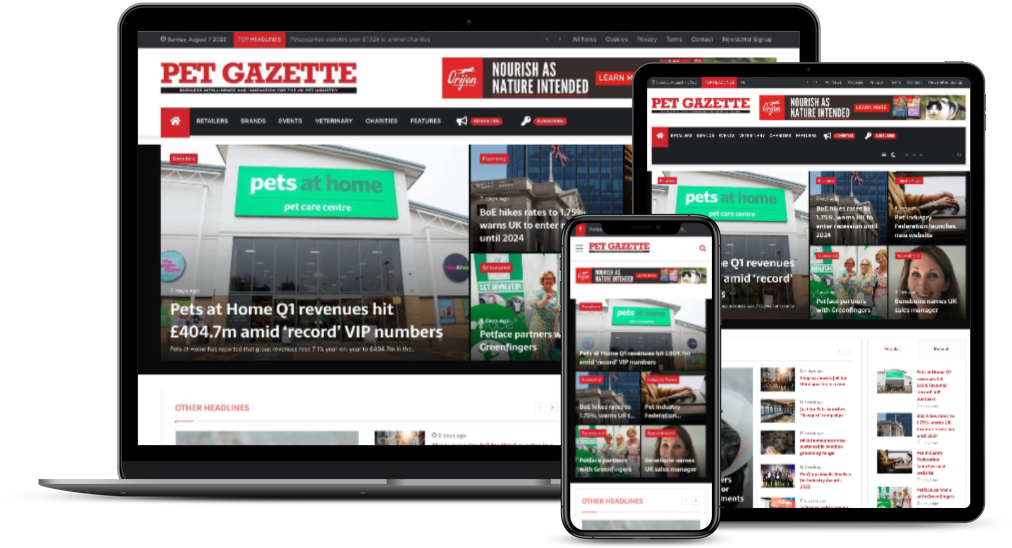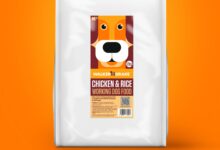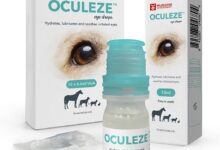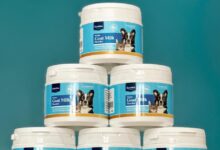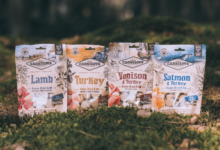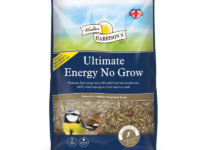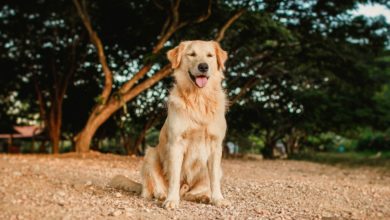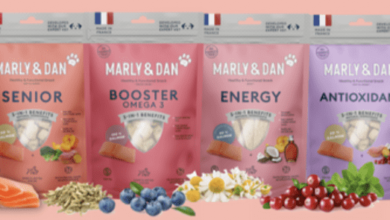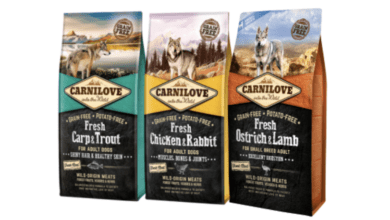Gut Loading: what are the benefits?
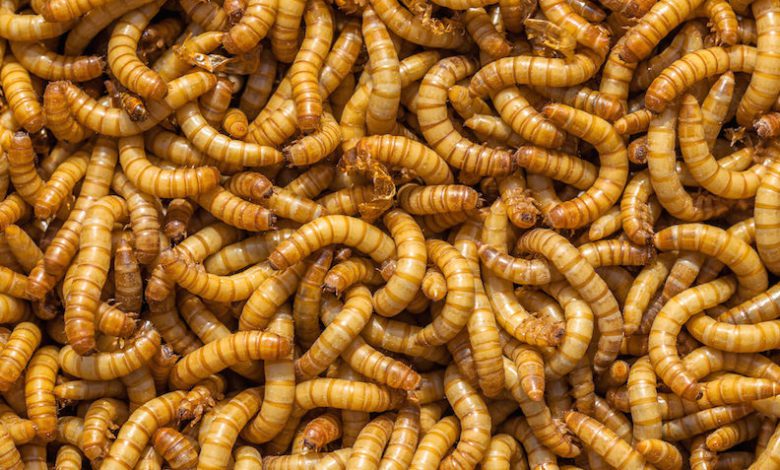
Over the past year or so we have been looking in detail at the wider topic of nutrition in captive reptiles and amphibians. We have looked at the parameters that any given species needs to encounter daily to be able to ‘fuel’ its body.
I have explained that these needs are ‘core’ and are dictated by the ‘long development’ of the animals in the wild, as such it is these ‘wild-like’ parameters that must be provided for in captivity, if we are to see these incredible animals go on to truly thrive.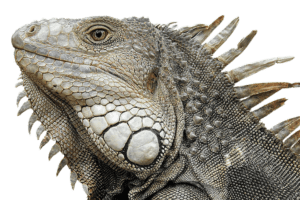

We looked at the theory of ‘overall nutrition’, ‘free energy’, and the intricate synergy between the sources of both ‘external’ and ‘internal’ nutrition. I demonstrated that it is the assimilated energy stored within the trillions of photons of terrestrial full-spectrum daylight that allows an animal to ‘function’, and then go on to find and ingest food. It is then this same synergy between the energy that arrives from the sun, or replicated lighting system and the food and water that is ingested that allows the correct assimilation, storage and use of all of the elements contained within the structure of food and the elements found in water.
Nutrition is all important, it is an intricate web of supply and one that touches every aspect and function of ongoing life. As such we factor in to the overall heading of ‘nutrition’ everything that surrounds an animal, everything that it ingests and of course its own mental and physical stimulation. Yes, movement and stimulation are just as vital within ‘overall nutrition’ as ingestion, it is this ‘exercise’ that keeps the organs functioning correctly. All of these things work to fuel and maintain the body and mind.
Livefood Sales
The area that I wish to look at this month is livefood sales, the quality of live-feeders and how we further ensure that the intricate web of nutritional supply is functioning at the optimum level.
Many of the reptiles that we keep and sell will consume live insects as part of the usual varied diet. Variety is vitally important, huge nutritional holes start to appear if an animal is only fed one prey source for an extended period, no matter the type or quality of supplement. Let us not forget that a supplement is only able to do what it has been designed to do and that is to fill some of the holes in the mineral and vitamin ranges that we fail to provide for within the usual diet. Indeed, we should be stocking as wide a variety of livefoods as possible, thus allowing our customers greater choice and their pets to benefit from a wider range of nutritional constituent parts. I can understand a hesitance in some stores towards expanding the regular choice of live-feeders as they are wasted if unsold and factor in as a loss on the bottom line. However, if we as professionals do not push the boundaries to start with and expand in a moderated way we will never have any chance at all of growing our livefood sales nor seeing an increase in the welfare of the animals that our customers keep.
Ensuring Quality
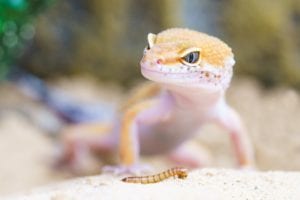

The Process of Gut Loading
As we have seen, nutrition is an ongoing and intricate web of supply, as such the contents of the gut of a feeder insect are just as important within these cycles as the feeding off of the insect itself. It is vital that livefoods experience a continuous supply of safe food and water all the way through their lives. If we as traders can ensure that our livefood offerings are both fed and hydrated at all times we will see an increase in sales, simply because keepers will travel to buy the freshest food sources. We will also see less weekly waste and we will start to see more interest at a consumer level per store.
The process of feeding live-feeder insects before they are fed forwards is called ‘gut loading’. This is a descriptive that accuracy describes both the process and the goal. We aim to fill our livefoods with as much transferable nutrition as possible and as such see a positive impact upon the predator.
By both feeding live-feeders in store and taking a small amount of time to educate our local customers on how to ‘gut load’ and recommending to them with easy to use gutload mixes we increase the nutritional value of the feeders sold and we ensure that our customers are always happy with the feeders we supply them. As a result, the insects will live longer and look fresher.
Thankfully gone are the bad old days of using wheat based breakfast cereals and fish flake as standard gutload. Wheat and bran contains a compound called ‘phytic acid’ which is a calcium inhibitor and chelator. This is double whammy for poor calcium supply and products containing it must be avoided, be careful, even some insect gut load mixed contain bran. Goodness knows what is in ‘fish flake’, one thing is for sure, it has not been designed for reptiles and most seem to have a worrying number of unintelligible additives. We can now easily find gel based ‘whole food’ powder mixes that will both feed and hydrate a live feeder correctly.
Within gut loading and especially for crickets and locusts heat also plays an important role. Some of the species of insect must be heated to a certain temperature before they are able to pass on the full value of the gut onto the predator. As such we should now educate our customers to start using small livefood keeping tanks in-which they can feed, hydrate and warm their insects for 24-48 hours before being fed onwards. This of course negates the old advice of putting livefoods in a plastic bag in the fridge to ‘slow them down’ before feeding onwards. In many cases this would simply reduce the bioavailability of the insect going forwards, it also does nothing for physical and mental enrichment.
Livefoods should always be displayed to look as fresh as possible, pull forward and or use old tubs yourself so that your customers are able to see the freshest possible stock. It is also a great idea to have 2-3 separate shipments of livefoods throughout the week, especially if you sell hundreds of tubs a week, ask your wholesaler to help you with this. Again, this will help you to grow as once again you will always have a fresh display, less waste and garner loyalty within the local keepers.
Hydration
There is a fine line as to what is safe to do in store. By making the tubs very wet we encourage mould growth in the bran and egg crate. This will kill off the livefood and poses a possible pathogen risk within the food. It is better to use a gel base food that will both feed and rehydrate, also small pieces of carrot or similar at one end of the tub with the bran removed and replaced or shaken down towards the opposite end can be added.
Livefoods should be kept warm in store also. Cold livefood is inactive and will die off quickly. Over hot livefood will similarly expire, so choose an area in which to have a display that has a constant temperature.
You can also start up ‘pre-buy’ and collect at will, or loyalty schemes in store to attract and maintain long-term customers.
There are many little changes that can be made within reptile care and the trade that will have a positive impact in overall welfare and increase sales. It is up to us as traders to embrace these new guidelines and lead the hobby one step at a time. As we do so we will see vast improvements within the whole hobby and trade.

